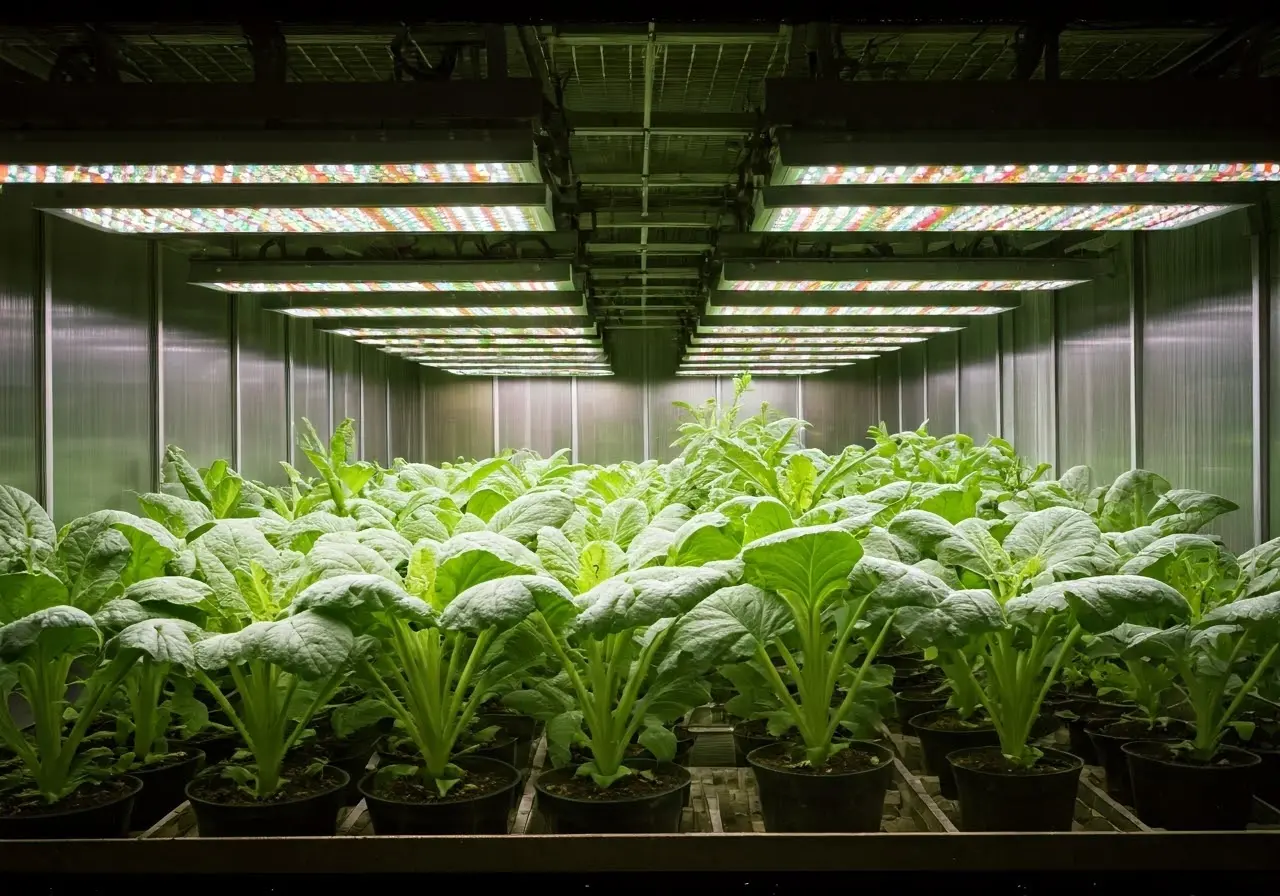Designing a greenhouse for optimal yield involves more than just putting up walls and a roof. Whether you’re a seasoned gardener or just starting out, understanding the techniques that enhance greenhouse design can significantly boost your productivity. In this guide, we’ll explore key strategies that can help maximize your greenhouse yield.
Choose the Right Location
Positioning your greenhouse in the optimal location is critical for effective light exposure and temperature control. Ideally, your greenhouse should be positioned in a spot that receives ample sunlight throughout the day, especially during the morning to stimulate photosynthesis early on. Avoid placing it near structures or trees that cast shadows, as this can significantly reduce the sunlight necessary for your plants.
When planning the location, consider accessibility to utilities like water and electricity, which can streamline your irrigation and climate control systems. The ground should be level to support stable construction and prevent water pooling. These considerations ensure that your greenhouse operates efficiently, supporting plant growth.
Optimize Climate Control
Incorporating a robust climate control system is essential in maintaining ideal growing conditions within your greenhouse. Installing proper heating systems can help maintain temperature during colder months, while cooling systems are invaluable in managing heat during the summer. Utilizing smart ventilation options like automatic vents can further assist in regulating temperature and humidity, creating a consistent environment for plant health.
Sometimes natural ventilation may suffice, especially in regions with moderate climates. However, mechanical systems provide more reliability and consistency. Selecting the right climate control strategy depends heavily on your local weather conditions and the specific needs of the plants you wish to grow.
Did you know that climate control systems can also be integrated with automation technology? This can make your greenhouse operation more efficient and less labor-intensive, ensuring that temperature, humidity, and light levels are always optimized.
Select the Appropriate Glazing Material
The type of glazing material you choose for your greenhouse can greatly influence its performance. Materials such as glass, polycarbonate, and polyethylene each offer distinct benefits and disadvantages. Glass is highly durable and offers excellent light transmission, but it can be costly and heavy. On the other hand, polycarbonate is lightweight and provides better insulation, which can be crucial in reducing energy costs.
In climates with high snow loads or strong winds, the durability of the glazing material becomes even more important. Polyethylene, although less durable, is the most affordable option and can be a great choice for temporary structures or seasonal use.
Incorporate Efficient Watering Systems
Implementing efficient watering systems like drip irrigation or soaker hoses can substantially improve water conservation and distribution in your greenhouse. These systems deliver water directly to the plant roots with minimal evaporation, ensuring all plants receive consistent moisture levels.
Moreover, automated watering systems can be controlled with timers, offering convenience and precision in managing plant hydration needs. Regular monitoring and adjustments based on plant growth and seasonal changes can further optimize water usage.
Collecting rainwater is another sustainable practice you can integrate into your greenhouse watering strategy. It not only reduces reliance on municipal water but also utilizes naturally soft water, which can be beneficial for certain plant species.
Utilize Space Wisely
Efficient space management within your greenhouse can significantly boost your yields by allowing more plants to be cultivated without overcrowding. Start by considering vertical gardening options, such as wall planters or hanging shelves, which enable you to utilize vertical space effectively.
Modular shelving systems are particularly useful, as they can be adjusted to accommodate different plant sizes as they grow. Additionally, implementing movable benches allows for flexibility and ease in rearranging plants according to their changing light and space requirements.
Use crop rotation and intercropping techniques to maximize space and improve soil health. These practices can enhance nutrient cycling in the soil, reduce pest and disease buildup, allowing you to cultivate healthier and more productive plants.
Regularly auditing your greenhouse layout and making adjustments based on plant growth or new innovations can further maximize your greenhouse space, ensuring that you are getting the most out of your area possible.
Maximize Your Greenhouse’s Potential
Improving your greenhouse’s design for maximum yield doesn’t have to be complicated. By focusing on these key techniques, from climate control to choosing the right materials, you can create a thriving environment for your plants. Happy gardening!




